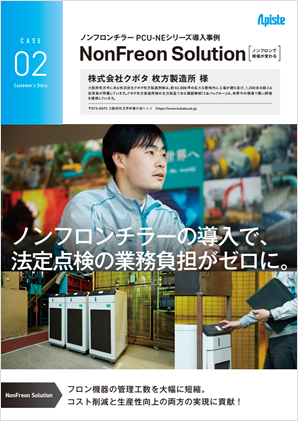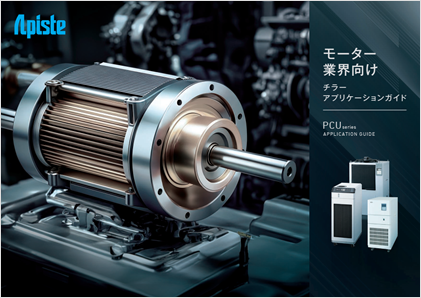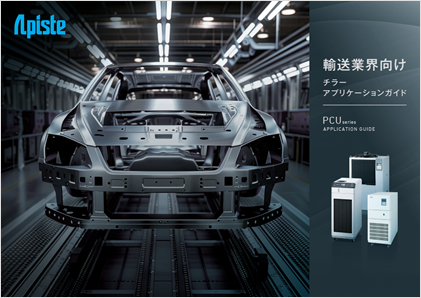Technical Information
1-2. Fluorine-based inert liquid
This explains the types, properties and main uses of fluorinated inert liquids.
What is a fluorinated inert liquid?
A general term for organic solutions containing fluorine, and includes perfluoropolyethers (PFPEs), perfluorocarbons (PFCs), and hydrofluoroethers (HFEs).
Commercially available products include 3M's Fluorinert™ and Solvay's Galden®, which have high electrical insulation properties, are chemically inert, and are non-toxic, making them suitable for a variety of applications.
◆ Fluorinert TM
A general term for a fluorine-based inert liquid manufactured by 3M. Its basic structure is perfluorocarbon (PFC). In addition to its high insulating performance, it also has high thermal conductivity and is used to cool electrical equipment.
◆GARDEN®
A general term for fluorine-based inert liquids manufactured by Solvay. The basic structure is perfluoropolyether (PFPE). They can be used in a wide temperature range, and some types can be used in high-temperature environment exceeding 200°C.
Properties of fluorinated inert liquids
◆High electrical insulation
◆High density (1650-1900 [kg/m3])
◆Low viscosity
◆High thermal conductivity
High thermal stability
◆High chemical stability and inertness
◆High safety due to low toxicity and non-flammability
Typical applications of fluorinated inert liquids
Due to the above properties, fluorinated inert liquids are used in many applications, but here are some of the most common uses.
①Airtightness test
Electronic devices must be completely sealed to prevent moisture from entering and the electrical response of chips. Fluorine-based inert liquids have low viscosity and are excellent for evaluating airtightness, and because they are inert, they will not corrode or alter electronic components.
In addition, since it does not require cleaning after testing, it is widely used as a test layer medium for airtightness tests.
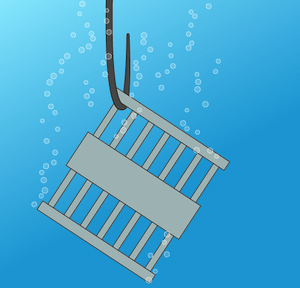
2. Solvents and cleaning agents
Fluorine-based inert liquids have low surface tension and viscosity, allowing them to penetrate even the smallest gaps and clean every corner. They are used for degreasing and cleaning products after processing.
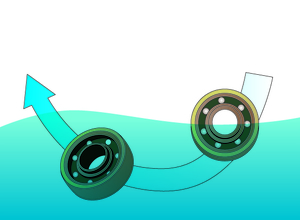
③ Cooling
Direct immersion cooling
Fluorine-based inert liquids have high thermal conductivity, electrical insulation, and are inert, making it possible to cool electronic devices by directly immersing them in the liquid. This is far more efficient than air-cooled electronic devices, and can significantly reduce the installation space and power consumption required for cooling.
Example: Liquid immersion cooling for servers
It is said that by 2030, more than 100 trillion sensors will be connected to the Internet, collecting vast amounts of data. By replacing conventional air cooling with full liquid immersion cooling of equipment, energy consumption can be reduced, and cooling can be performed efficiently without using a large amount of space. This cooling method has continued to evolve significantly in recent years, and is even being introduced to cool supercomputers, which are becoming increasingly large in capacity.
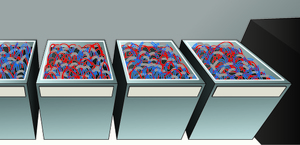
Indirect circulation cooling
By circulating a fluorine-based inert liquid while controlling it at a constant temperature using a heat exchanger, it is possible to indirectly maintain a constant temperature for the object.Its high insulating properties make it highly effective at preventing electrolytic corrosion and it is easy to maintain.It is non-flammable and highly safety, making it suitable for cooling equipment in clean rooms.
Example: Temperature control of various semiconductor manufacturing equipment
Exposure equipment, dry etching equipment (electrodes), sputtering equipment, CVD equipment, etc.
It has excellent electrical insulation, improved maintainability, and can withstand a wide range of temperatures, from ultra-low to high temperatures.
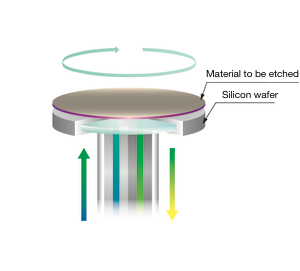
Previous item: 1-1. Why use water for cooling?
Next item: 2-1.Air Air-cooling type heat exchanger (liquid-gas)
People who viewed this page also checked out these documents:
Inquiry
For product inquiries, quote requests, etc.
Please feel free to contact us.


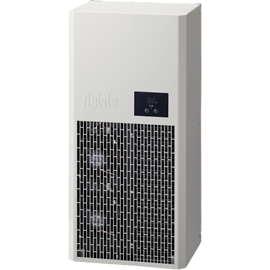
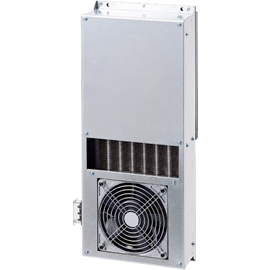
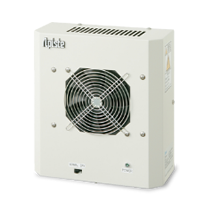
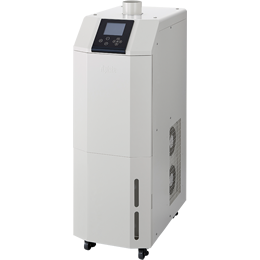
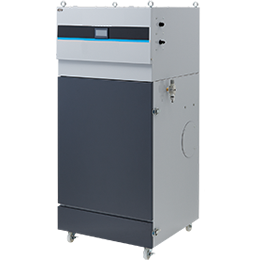
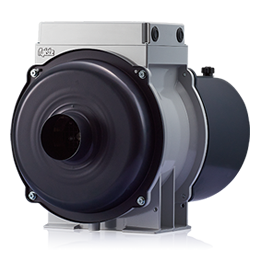
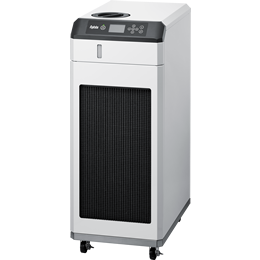
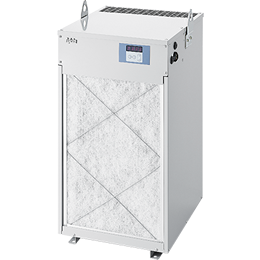
![Case study of the PCU-NE series of HFC alternative chillers [HFC alternative changes the workplace]](/files/user/images/common/bnr_case-pcu-ne.png)
